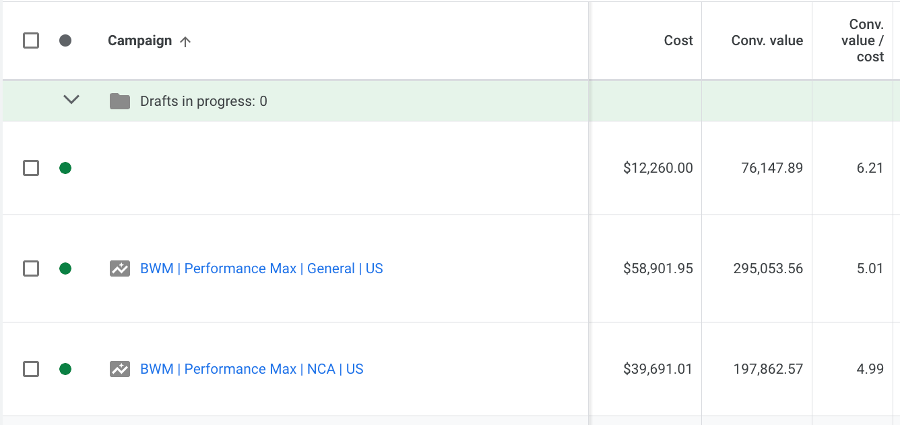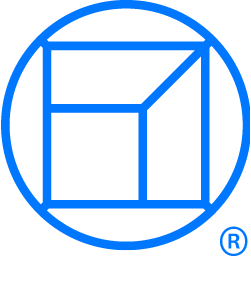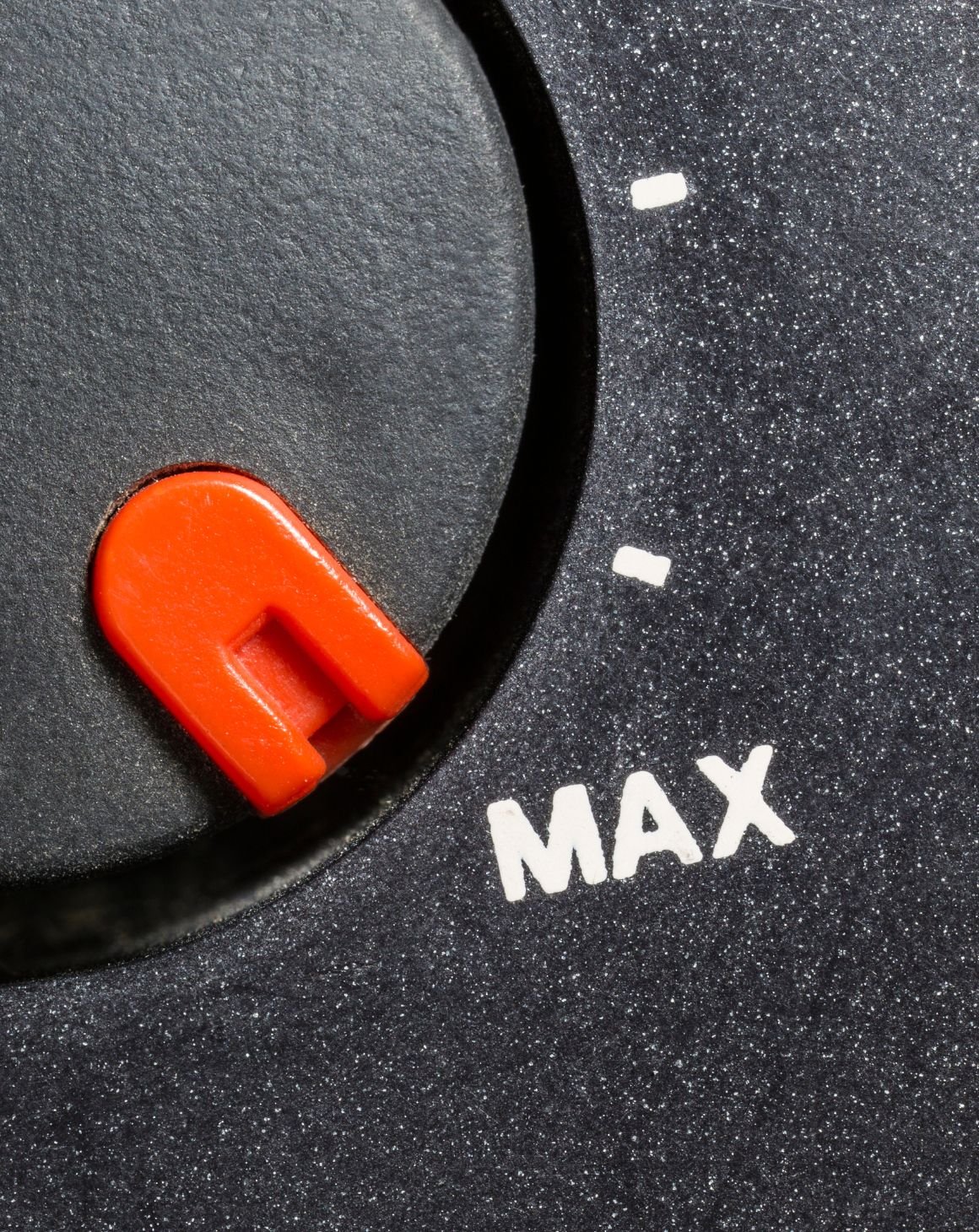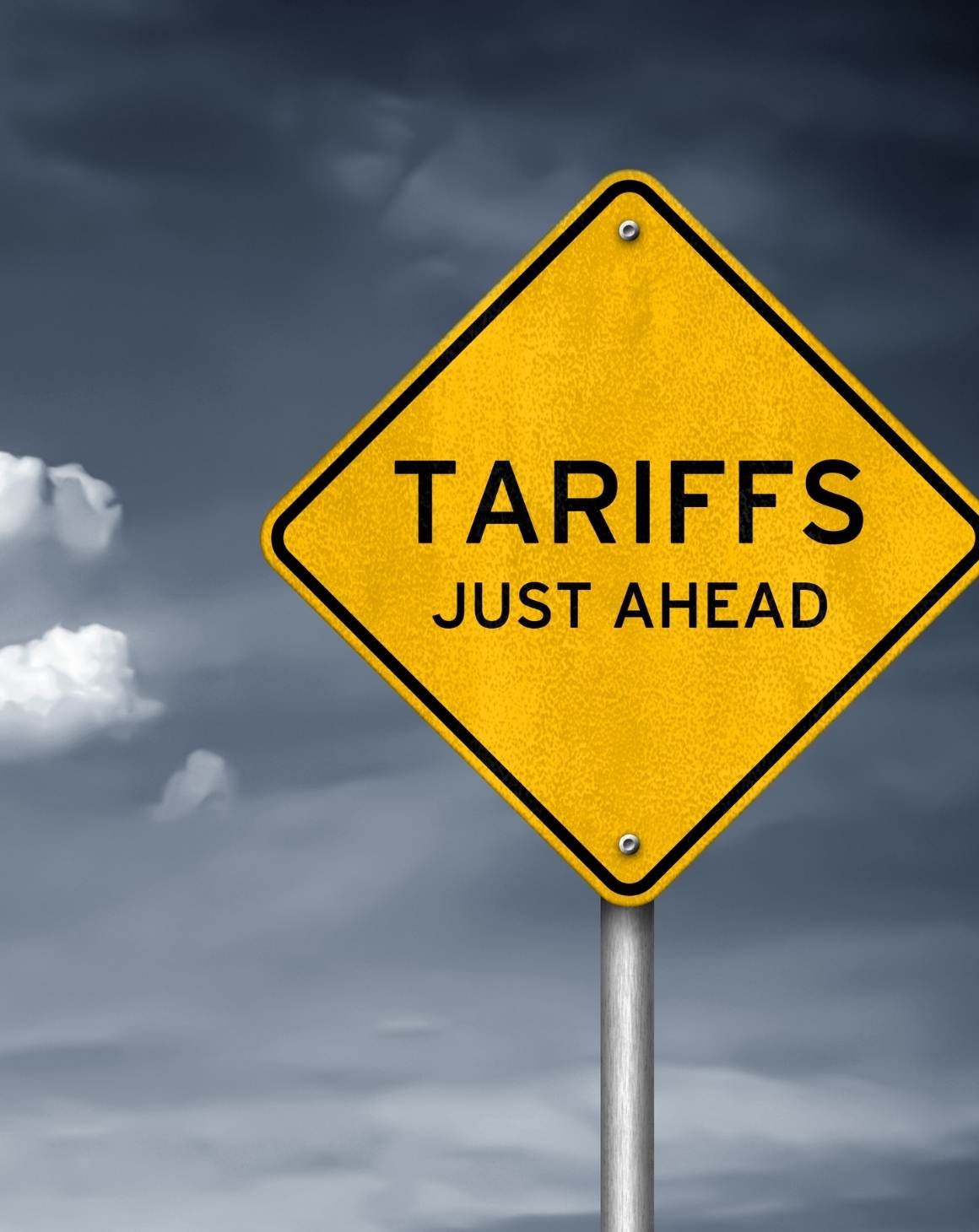Performance Max (PMax) is Google’s goal-based, AI-powered campaign type designed to simplify and unify advertising across all its platforms. Instead of managing separate campaigns for Search, YouTube, Display, Gmail, Discover, and Maps, you can use a single Performance Max campaign to reach customers across all these channels.
PMax leverages Google’s AI machine learning to automatically decide where your ads appear, which creative elements to show, and how to allocate budget for the best possible results.
Discover how your brand can benefit from Performance Max and get practical recommendations for successful campaigns and ads across Google’s platforms.
Key Benefits of Using Google Performance Max for eCommerce Brands
Google Performance Max campaigns are particularly beneficial for eCommerce brands. Performance Max connects directly to product feeds through Google Merchant Center, making it ideal for showcasing product inventory through dynamic, shopping-style ads.
PMax builds on the foundation of Google Ads Smart Shopping campaigns but offers more advanced targeting, a wider audience reach, and better creative flexibility.
How Google Performance Max Works
Google’s Performance Max uses machine learning to continuously test and optimize different ad combinations, such as images, videos, headlines, and calls to action (CTAs), to identify what’s working and improve over time.
You can also input first-party audience data, such as customer lists or recent website visitors, to help guide the PMax campaign early on. Performance Max does most of the heavy lifting, but you still get reporting and insights showing which products, creative assets, and audiences contribute to performance. This makes it easier to understand what is driving conversions and where there is room to scale.
Performance Max can help you streamline campaign management while maximizing reach and efficiency. It's particularly valuable for teams looking to scale their advertising efforts without constantly fine-tuning each Google Ads campaign. While automation may mean giving up some control, the tradeoff is a more data-driven, performance-focused approach that tends to deliver stronger results with less hands-on effort.
Google AI and Performance Max Campaigns
In Performance Max campaigns, Google AI-powered automation is central to optimizing targeting, bidding, and creative performance. Rather than relying on manual inputs like keyword selection or detailed audience targeting, the system uses real-time data and machine learning to identify users most likely to convert.
Audience Signals
When you provide audience signals, such as customer lists or website visitor data, the campaign uses that as a starting point. In the next step, it expands reach to find similar high-intent users across all of Google’s channels.
Bidding
On the bidding side, automation helps maximize efficiency by adjusting bids at the moment of each ad auction. The system considers many signals, including device type, time of day, location, and past user behavior, to determine how much to bid for each impression. This allows your Performance Max campaign to prioritize the most valuable opportunities, helping to improve ROAS without requiring constant manual oversight.
Creative Optimization
The system also handles creative optimization. Once you upload a mix of assets such as headlines, images, videos, and product feed data, Google AI tests various combinations across placements and audiences. Over time, it learns which combinations perform best and automatically prioritizes those in the ad rotation. This ensures that the most effective messaging and visuals reach the right people in the right context.
Google Performance Max uses a highly automated, data-driven approach and a continuous learning model. This means the more data the campaign gathers, the better it performs. As a result, you get better targeting, more efficient media spend, and enhanced creative performance.
Who Can Benefit from Google Performance Max?
Performance Max is ideal for eCommerce brands looking to scale efficiently across Google’s platforms. Combine it with a well-managed feed strategy, audience segmentation, and creative planning, and it becomes a powerful tool for driving growth, acquiring new customers, and improving your return on ad spend.
Brands With Large Product Catalogs
Performance Max delivers the strongest results for eCommerce brands with large product catalogs, consistent inventory, and a clear focus on driving conversions. Brands offering a broad range of SKUs, such as fashion, home goods, or electronics, benefit from Google’s ability to dynamically generate product-specific ads using real-time data from the Merchant Center feed. This feature allows products to be intelligently surfaced across multiple Google channels, while automation handles bid and budget decisions to optimize performance.
DTC Brands
Direct-to-consumer (DTC) brands focused on customer acquisition also tend to see strong results. Performance Max enables reaching high-intent users across Google’s entire ecosystem, including YouTube, Gmail, and Discover, supporting full-funnel strategies. The system leverages first-party audience data and creative assets to scale reach and acquire new customers, while Google’s machine learning works to find and convert lookalike audiences more efficiently.
Seasonal and Promotion-Heavy Brands
Seasonal or promotion-heavy brands also benefit significantly from Performance Max’s real-time adaptability. It can quickly adjust and reallocate spend based on what’s working, allowing it to prioritize high-performing products during critical sales windows. This real-time optimization helps brands maintain efficient spend and maximize ROAS during key promotional periods.
Brands With Strong Creative
Finally, brands with strong creative pipelines, such as those using influencer content, lifestyle photography, or product demo videos, see additional advantages. Google Performance Max continuously tests creative combinations and automatically prioritizes the top-performing variations. This ensures that the best creative assets are paired with the right audiences, optimizing engagement and helping drive conversions.
Google Performance Max: Key Advertising Elements
There are several key elements to focus on when creating ads for Google Performance Max campaigns. These include headlines, descriptions, images, videos, and calls to action (CTAs). Each element is crucial for driving engagement and conversions across Google’s platforms. By optimizing key features, you can ensure your Google Performance Max campaigns are effective and aligned with your conversion goals.
Headlines
Headlines should be clear and concise, ideally under 30 characters, and include relevant keywords that users are searching for. It’s important to highlight the product's unique selling points, such as “Free Shipping” or “Top-Rated for Comfort,” and test multiple variations to see which one resonates best with the target audience.
Descriptions
Descriptions provide an opportunity to give more context and emphasize the product's benefits rather than just its features. They should be concise, up to 90 characters, and include a CTA, such as “Shop Now” or “Find Your Perfect Fit.” This encourages people to take action and highlights the product's value.
Images
For images, it is essential to use high-quality visuals that are both clear and appropriately sized. A mix of product-focused and lifestyle images can help customers visualize how the product fits into their lives. Google Performance Max benefits from testing various images, so providing a range of options will allow the system to determine which visuals perform best in different placements.
Videos
Videos are especially engaging on platforms like YouTube and Discover. They should be short, ideally under 30 seconds, and capture attention quickly with a strong hook. Highlight the key benefits and include a CTA in the video, such as “Shop Now” or “Learn More.” Since many people watch videos with the sound off, include captions to ensure the message is communicated effectively.
Calls-to-Action
CTAs should be direct and action-oriented, such as “Shop Now,” “Get Started,” or “Learn More.” Creating a sense of urgency with phrases like “Limited Time Offer” can encourage immediate action. The CTA should align with the campaign’s goals, whether driving awareness or pushing for conversions, and should be clearly visible in all assets.
Our Best Practices for Performance Max Campaigns
When setting up PMax campaigns for our clients, Blue Wheel experts follow specific Google Ads requirements and best practices. This allows us to optimize their campaigns for the best results.
Creative Assets
We use static visuals with text overlays in three sizes, Landscape, Portrait, and Square, similar to our approach for paid social ads. Additionally, we create static visuals without text overlays in the same three sizes, based on the raw assets provided by our clients.
Ad Copy Requirements
We typically write advertising copy based on the creatives we plan to use and the products we are targeting for Shopping ads. For instance, if the client supplies assets for a specific product category or collection, we will create an ad copy that highlights the benefits of that category or collection.
Product Listings
We use the same products mentioned in our ad copy and incorporate keywords relevant to the advertised products.
Audiences
We utilize remarketing lists, custom intent, and interest-based audiences according to our strategy. Our team optimizes these for better performance by enhancing our feed attributes through GMC or a third-party platform. Additionally, we exclude irrelevant products from other asset groups to ensure the data remains clean.
Our strategy is centered on our client’s goals and their desired level of profitability. We adjust our bidding strategy and use the performance planner to forecast whether we can achieve these goals before encountering diminishing returns. If the budget permits, we will reallocate spending toward the upper funnel to help fuel retargeting audience lists.
Google Performance Max Strategies
At Blue Wheel, we use Google Performance Max as a supplemental strategy for other campaign types, such as Search, Demand Gen, YouTube, Shopping, etc.
Performance Max General Strategy
Google uses PMax to show ads across all Google properties. If your goal is to drive maximum revenue and the highest return, we set the bid strategy to focus on reaching a specific Target ROAS. With this strategy, Google will help find high-value customers that will likely want to purchase from your brand and be more aggressive in the bid when it comes to other competitors.
Performance Max NCA Strategy
To implement a Performance Max New Customer Acquisition (NCA) strategy, you need a list of past purchasers to inform Google of who they are, allowing you to exclude them from your campaign. It is recommended to update these lists quarterly to provide Google with enough data to find new customers for you.
With a couple of settings enabled, Google will only bid for new customers, and you can exclude branded terms, which will treat it as a Non-Brand campaign. Typically, the goal is to get as many conversions as possible within a set Target CPA goal, especially if your goal is to stay within a specific target cost per conversion goal.
Google Ads Performance Max Example
Below is an example of one of our clients’ Performance Max strategies, showing the last 90-day performance results. The campaign is broken out by General vs. NCA (New Customer Acquisition). We observed that the brand’s hero product was outperforming and taking up most of the spend within our PMAX General campaign, so we broke it out into its own campaign and set a more aggressive ROAS. This allowed us to allocate more spend behind the hero product and scale as we saw fit.

In the General campaign, we launched various asset groups with distinct ad copy for each group and different listed products for Shopping Ads. Performance data can be observed, categorized by the advertised products. We will optimize the campaigns by looking at asset group level data and ensure we are hitting KPI goals for the brand.

Optimizing Performance Max Campaigns for Success
Our Google Ads specialists measure the success of brands’ Performance Max campaigns depending on their strategies and goals. We look at ROAS/revenue or CPA/conversions driven by the allocated budget.
Within the PMax campaign’s asset groups, we observe conversion rates and budget split between each asset group to determine if the products should be broken out into their own campaigns to increase profitability.
If we notice insufficient budget allocation to an asset group due to a too aggressive bid strategy and want to spend more in that asset group, we may break it out into its own campaign.
The Latest Performance Max Updates You Should Know About
Recently, Google has rolled out several key updates to Performance Max campaigns, providing brands with enhanced controls, better insights, and improved creative options.
Negative Keywords
One of the most notable updates is the introduction of campaign-level negative keywords, so that you can exclude specific search queries from triggering ads. This feature helps improve targeting and ensures ad spend is focused on more relevant searches.
Customer Acquisition
Google has also added new customer acquisition goals, including a high-value mode that helps you target high-value customers more effectively by using Customer Match data. This allows Google AI to better predict and bid for users likely to bring the most value over time.
Additionally, the option for brand exclusions has been refined to apply more specifically to Search text ads, while still allowing Shopping ads to include branded traffic. You can now use "URL contains" rules with product feeds to target specific pages more precisely and improve ad relevance.
Audience Targeting
Demographic exclusions and device targeting options have been introduced to improve audience targeting. They allow you to exclude certain age groups and optimize campaigns for specific devices. These updates provide more control over who sees your ads and on which platforms.
Google Ads Reporting
In terms of reporting, Google has improved Search reporting within PMax by introducing a Search Themes usefulness indicator, which helps you assess how well your defined Search Themes are performing. A new insights source column offers more transparency by showing whether search queries come from your input or Google's automatic targeting.
These updates make it easier to track and optimize campaign performance. Asset group reporting has also been improved, and you can view performance data by device, time, and other key metrics.
Creative Technology
Google has made significant improvements to its ad strength system. Now, the quantity and variety of creative assets you provide directly influence the competitiveness of your ad in the auction process.
To help you create compelling ads, Google has introduced tools like Gemini, an AI model that generates text for long headlines and sitelinks. Another advanced tool is Imagen 2, a text-to-image technology that produces high-quality lifestyle images from simple text prompts.
In addition, Google has expanded its partnership with Canva, making it easier to create and publish assets directly to Performance Max campaigns through Canva’s integration app.
Interested in learning how Blue Wheel can support your brand with Paid Search solutions and tailor your Google Performance Max strategy? Contact us today to schedule a call with our team.








.png)
.png)
